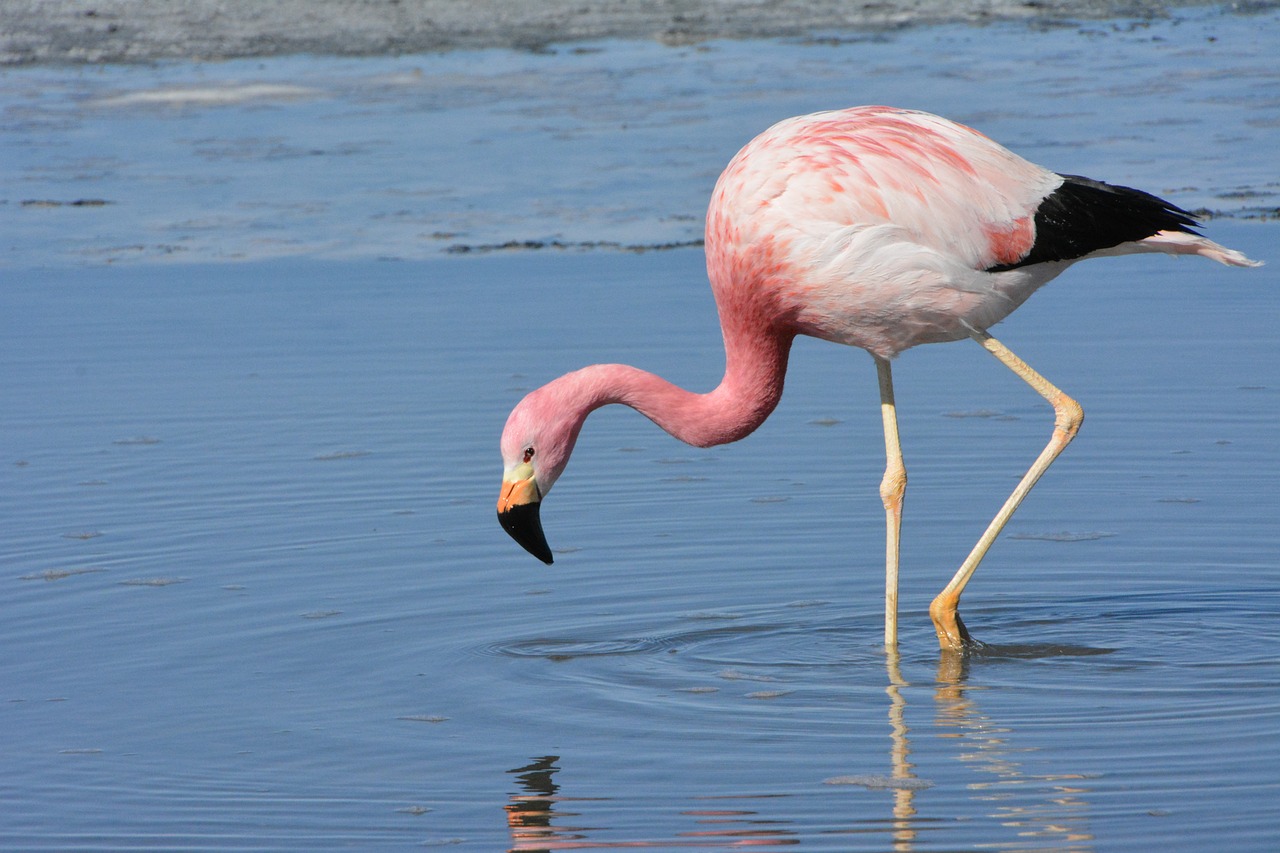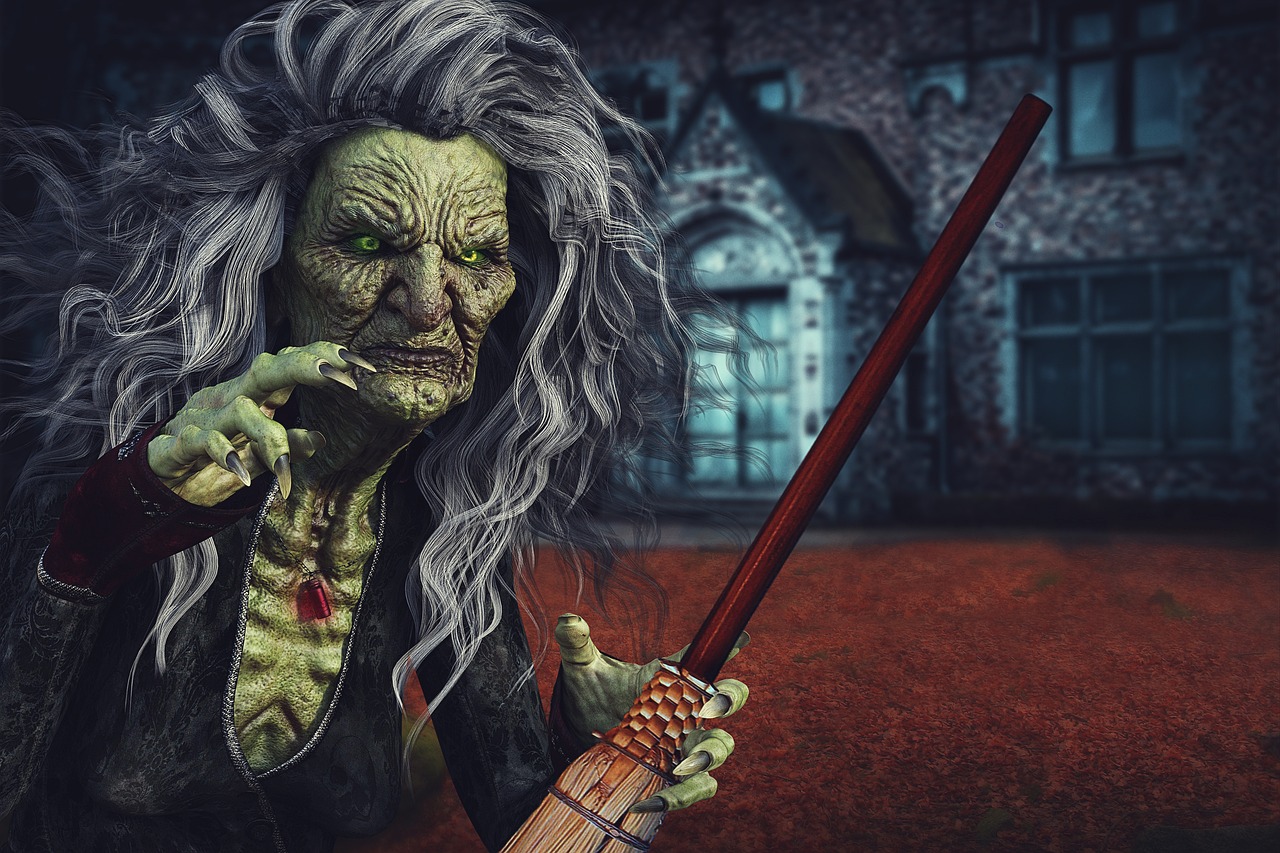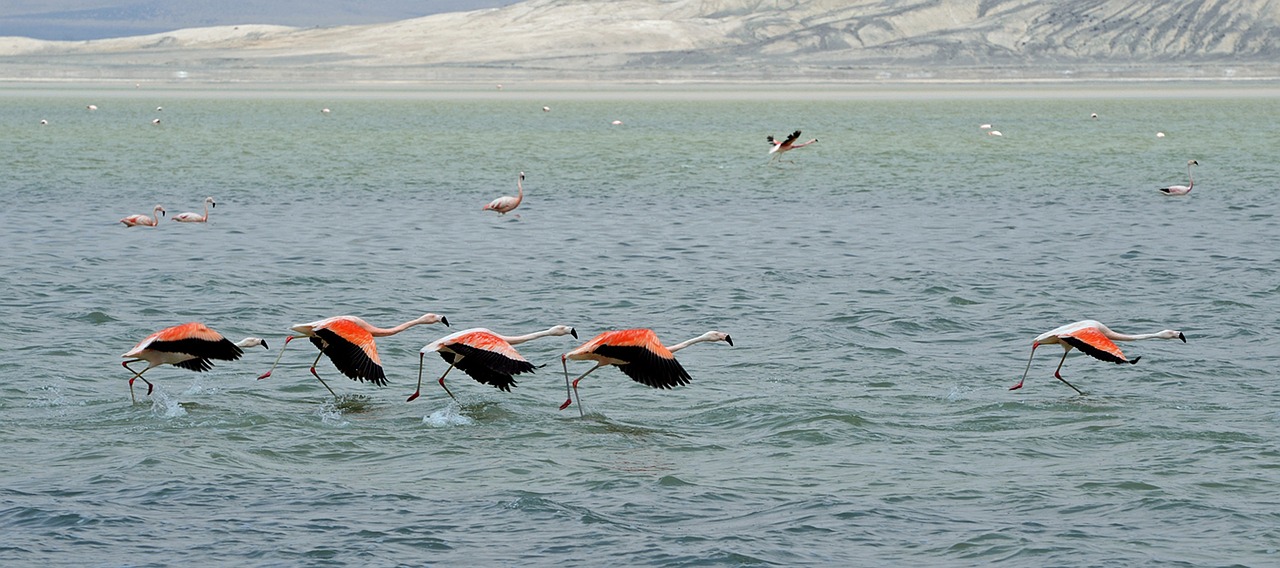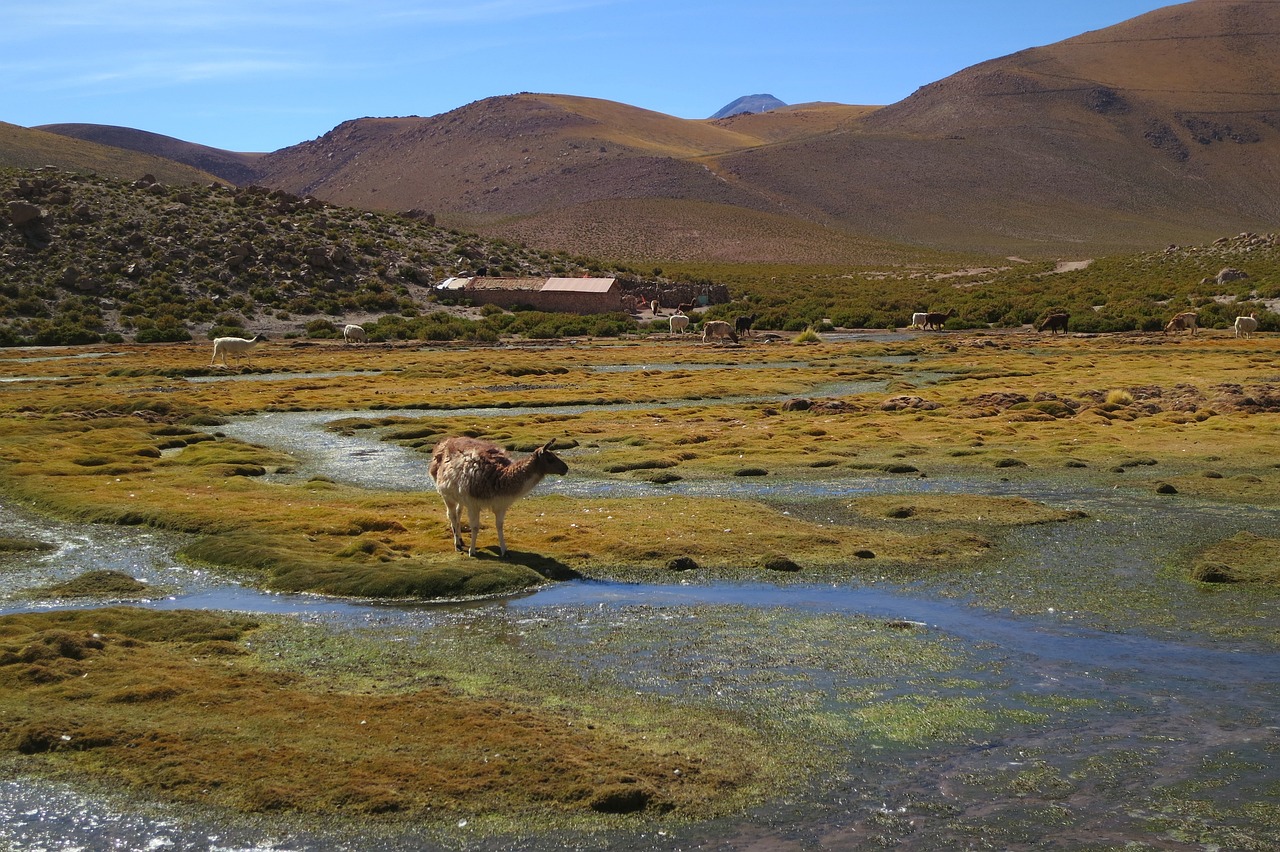Local Celebrations and Holidays: What to Expect in Chile
Chile, a vibrant and diverse country in South America, is known for its rich cultural heritage and unique celebrations. From traditional festivals to religious holidays, Chileans take great pride in their local customs and traditions. This article will provide a detailed overview of some of the most prominent celebrations and holidays in Chile, giving you a glimpse into the country’s vibrant culture.
Independence Day
Independence Day, also known as Fiestas Patrias, is one of the most important national holidays in Chile. Celebrated on September 18th, this holiday commemorates Chile’s declaration of independence from Spain in 1810. The festivities typically last for several days and include traditional dances, music, parades, rodeos, and delicious Chilean cuisine. It’s a time when families and friends come together to celebrate their country’s history and culture.
- Cueca Dance: The Cueca is Chile’s national dance and is an integral part of the Independence Day celebrations. It is a couple’s dance that represents courtship and is characterized by elegant footwork and handkerchief waving.
- Empanadas: Empanadas, a traditional Chilean pastry filled with meat, cheese, or seafood, are a staple during Independence Day celebrations. These delicious treats are often enjoyed with a glass of Chilean wine.
- Rodeos: Rodeos are a popular activity during Fiestas Patrias. Chilean cowboys, known as huasos, showcase their horsemanship skills and compete in traditional rodeo events.
- Fondas: Fondas are temporary outdoor venues that pop up during Independence Day celebrations, offering a variety of traditional food, drinks, live music, and entertainment.
Chile Image 1:

Easter
Easter, known as Semana Santa in Chile, is an important religious holiday that commemorates the crucifixion and resurrection of Jesus Christ. It is a time of reflection and religious observance for many Chileans. The week leading up to Easter Sunday is filled with religious processions, church services, and traditional rituals.
- Processions: Throughout the country, you will find religious processions that reenact the stations of the cross. These processions often involve participants dressed in traditional attire and carrying religious statues.
- Good Friday: Good Friday is a somber day of reflection and prayer. Many Chileans attend church services and participate in religious ceremonies.
- Culinary Traditions: During Easter, Chileans have specific culinary traditions. One of the most popular dishes is cazuela, a hearty soup made with meat, vegetables, and potatoes.
- Sugar Sculptures: In some regions of Chile, intricate sugar sculptures known as “monas de Pascua” are created to celebrate Easter. These sculptures are often shaped like animals or religious symbols.
Chile Image 2:

La Tirana Festival
La Tirana Festival is a colorful and lively celebration held in the small town of La Tirana in northern Chile. It is a religious festival that combines Catholic and indigenous traditions and attracts thousands of visitors from around the country. The festival takes place in July and is dedicated to the Virgen del Carmen, the patron saint of Chile.
- Dances and Music: The festival is renowned for its vibrant dances and music. Traditional dance groups, dressed in elaborate costumes, perform lively dances such as the Diablada and the Morenada.
- Religious Processions: The festival includes religious processions where the image of the Virgen del Carmen is carried through the streets accompanied by devotees singing and praying.
- Traditional Food: During the festival, you can indulge in a variety of traditional Chilean dishes, including empanadas, anticuchos (grilled meat skewers), and mote con huesillo (a sweet drink made with dried peaches and wheat).
- Fireworks: The festival culminates in a spectacular fireworks display, lighting up the night sky and adding to the festive atmosphere.
Chile Image 3:

Valparaiso New Year’s Eve
Valparaiso, a vibrant coastal city in Chile, is famous for its spectacular New Year’s Eve celebrations. Thousands of people gather along the city’s waterfront to ring in the new year with a dazzling fireworks display and live music performances.
- Fireworks Display: Valparaiso’s New Year’s Eve fireworks display is one of the largest in South America. The colorful explosions light up the sky, reflecting off the water and creating a breathtaking spectacle.
- Live Music: The city comes alive with live music performances on multiple stages, featuring local and international artists. The atmosphere is electric as people dance and celebrate throughout the night.
- Street Parties: Valparaiso’s streets are transformed into vibrant party zones, with people dancing, singing, and enjoying the festive atmosphere. It’s a night of joy and celebration.
- Boat Parade: As part of the New Year’s Eve celebrations, a colorful boat parade takes place in the bay of Valparaiso. Decorated boats sail along the coast, adding to the visual spectacle.
Conclusion
Chile is a country that knows how to celebrate. Whether it’s Independence Day, Easter, the La Tirana Festival, or New Year’s Eve in Valparaiso, each celebration offers a unique glimpse into Chilean culture and traditions. From traditional dances and music to delicious food and vibrant street parties, these celebrations showcase the spirit and pride of the Chilean people.
References:
– www.chile.travel
– www.thisischile.cl
– www.lonelyplanet.com/chile

